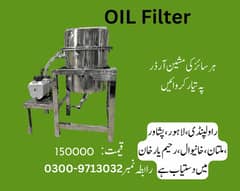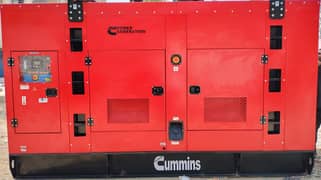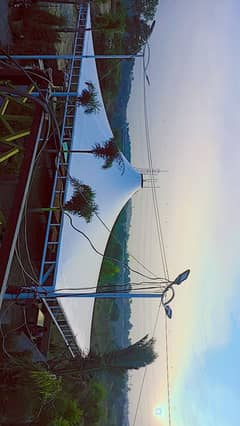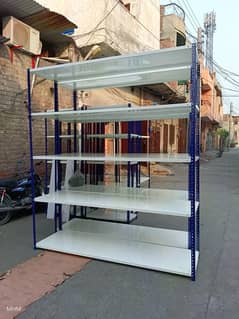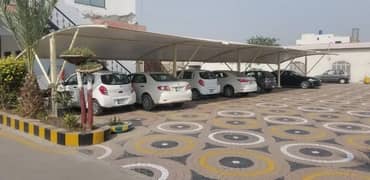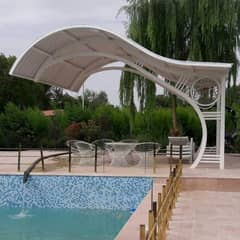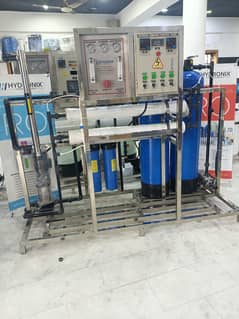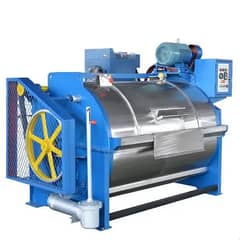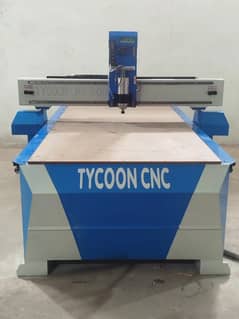Only in Other Business & Industry
Other Business & Industry Essentials in Peshawar Road
2 Results
Categories
Location
Bahria Town Rawalpindi(71)
Rawat Industrial Estate(41)
Saddar(39)
Others(26)
Murree Road(22)
Satellite Town(20)
City Sadar Road(8)
Adiala Road(8)
Commercial Market(8)
Raja Bazar(7)
Sadiqabad(7)
Rawal Road(6)
Chakri Road(5)
Faizabad(5)
Airport Housing Society(4)
Banni Chowk(4)
Cantt(4)
Chaklala Scheme(4)
Dhok Sayedan Road(4)
IJP Road(3)
Allahabad Road(3)
Askari 9(3)
Chah Sultan(3)
Chakra(3)
DAV College Road(3)
Dhamyal Road(3)
Ghauri Town(3)
Khayaban-e-Sir Syed(3)
Misryal Road(3)
Morgah(3)
PWD Colony(3)
Tench Bhata(3)
Chur Chowk(2)
Babu Muhallah(2)
National Industrial Zone(2)
Afshan Colony(2)
Al-Noor Colony(2)
Ali Town(2)
Asghar Mall Road(2)
AWT Housing Scheme(2)
Price
Rs 50
Rs 1000 Crore
Want to see your stuff here?Make some extra cash by selling things in your community. Go on, it's quick and easy.

